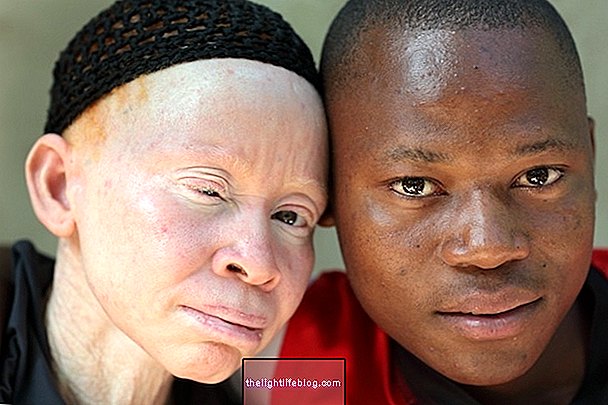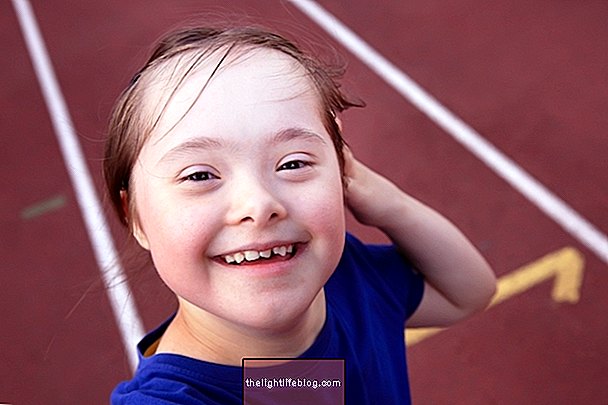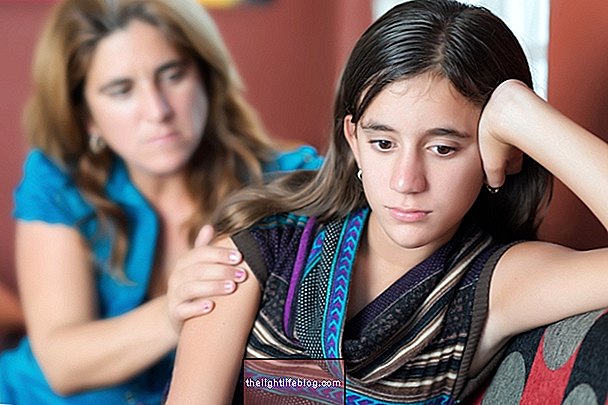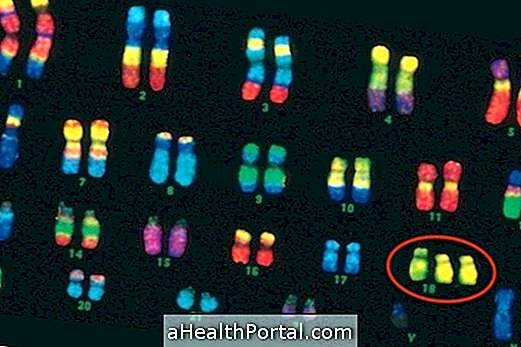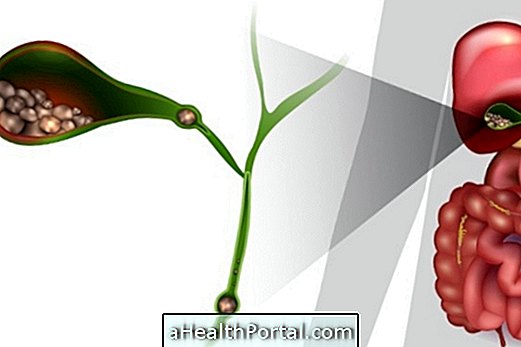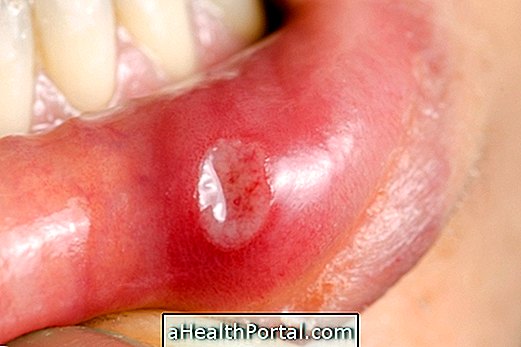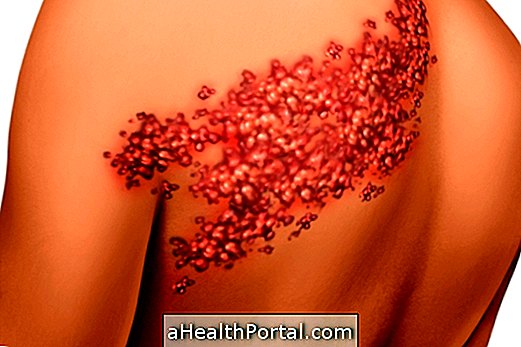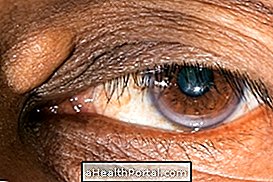Alopecia areata is a disease characterized by rapid hair loss, which usually occurs on the head, but can also occur in other regions of the body that have hair, such as eyebrows, beards, legs and arms. In rare cases, it can happen that the hair loss is on the entire body, when it is called alopecia areata universal.
Alopecia areata has no cure and its treatment depends on the severity of the hair loss, but it is usually done with injections and ointments that are applied to the scalp to stimulate hair growth, and it is important that the treatment is guided by a dermatologist.

Main causes
The causes of alopecia areata are unknown, but it is believed to be a multifactorial situation that may be related to some factors, such as:
- Genetic factors;
- Autoimmune diseases, such as vitiligo and lupus;
- Stress;
- Anxiety;
- Thyroid changes.
It is important that the cause related to alopecia is identified, as it is then possible to start treatment to solve the cause, which can relieve symptoms and promote hair growth.
How to identify alopecia areata
In alopecia areata, hair loss can happen anywhere on the body that has hair, however it is more common to see hair loss on the head. In the place where there is hair loss, the formation of a single, round, smooth and shiny skin plaque is usually verified.
Despite the absence of hair, the hair follicles were not destroyed and, therefore, it is possible that the situation can be reversed through proper treatment. In addition, it is common that when the hair grows back in the region it will have white color, but then it will have the normal color, however it may fall out again after a while.
How is the treatment
The choice of treatment should be made with the dermatologist according to the degree of alopecia and related cause, and the use of:
- Cortisone injections: are applied once a month to the area where hair loss has occurred. Along with the injections, the patient can also use creams or lotions to apply to the affected region at home;
- Topical Minoxidil: liquid lotion that should be applied twice a day in the region with hair loss, but it is not effective in cases of total hair loss;
- Anthralin: sold in the form of a cream or ointment, it should be applied to the affected region, which may cause changes in the color of the skin. The concentration to be purchased and the time of application of this medication must be done according to medical advice.
More serious cases and hair loss in various regions of the body can be treated with the use of corticosteroids and immunosuppressants, according to the doctor's guidance.
Was this information helpful?
Yes No
Your opinion is important! Write here how we can improve our text:
Any questions? Click here to be answered.
Email in which you want to receive a reply:
Check the confirmation email we sent you.
Your name:
Reason for visit:
--- Choose your reason --- DiseaseLive betterHelp another personGain knowledge
Are you a health professional?
NoMedicalPharmaceuticalsNurseNutritionistBiomedicalPhysiotherapistBeauticianOther
Bibliography
- BISELLI, Larissa M .; ARRUDA, Lara F .; MAZZA, Maisa F. Diffuse alopecia areata and the theory of autoantigens associated with melanogenesis. Surg Cosmet Dermatol. Vol 10. 3 ed; 272-275, 2018
- BRAZILIAN SOCIETY OF DERMATOLOGY. Alopecia areata. Available in: . Accessed on 07 Jul 2020
- CAVALCANTI, Carla P. Alopecia treatment protocols: a literature review. Course Conclusion Paper, 2015. State University of Paraíba.
